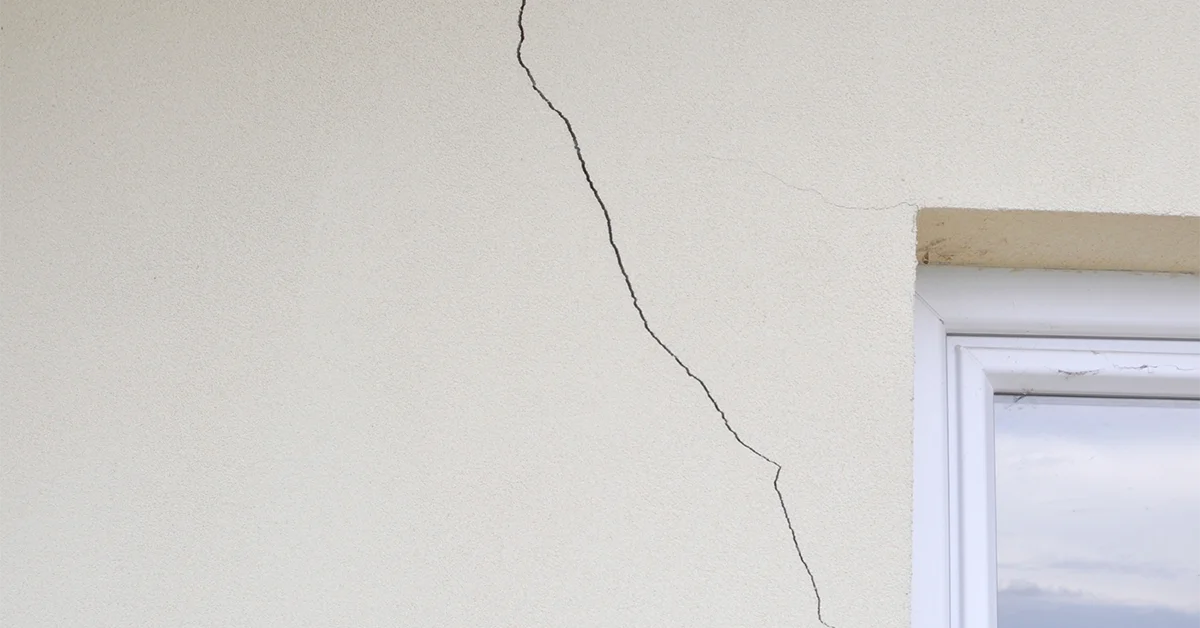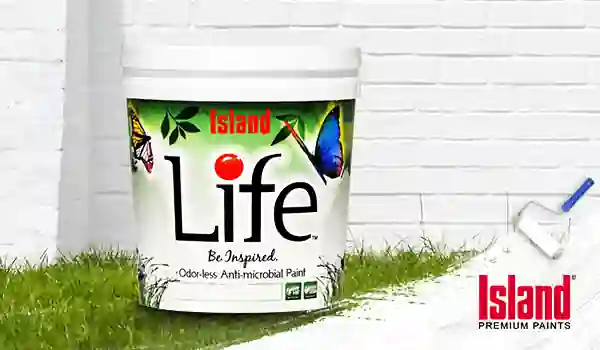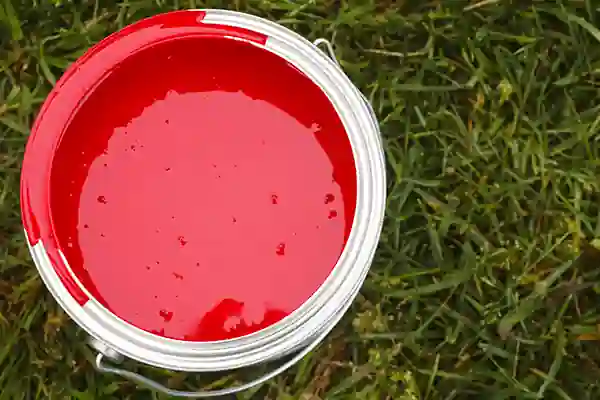Home Decorating Tips


Home Decorating Tips
6 Tips on Fixing & Repairing Concrete Wall Cracks
Posted on August 12, 2024
Last updated September 17, 2025
Even picture-perfect homes can’t escape the occasional appearance of cracks in their walls. No matter how much effort you put into decorating your space, cracks make the walls look unfinished. They can appear anywhere, from the corners of rooms to the spaces around windows and doors. On top of that, they make the entire space look less well-maintained and cared for.
Cracks don’t just affect the aesthetics of a room; they can also raise concerns about the building’s structure. While some cracks are purely the result of natural settling, others can indicate more serious problems that might require professional attention. This makes it important to address cracks promptly, not only to keep your walls looking good but also to ensure the safety and longevity of your building.
Luckily, you can still do something to keep your homes eyesore free! With creativity and patience, you can restore your walls to their former glory.
Grab your tools, and crack the code on repairing cracks for flawless walls.
Reasons for Cracks
There are several reasons why cracks appear on walls. Changes in temperature and humidity can cause materials to expand and contract, leading to cracks. Additionally, dampness can lead to dark marks, especially after heavy rain. Poor construction practices, such as using low-quality materials or not allowing proper curing time for concrete, can also contribute to the problem. Even normal wear and tear over time can result in small cracks that gradually become more noticeable. Ceiling cracks should also be checked as they might indicate serious problems. Tree roots can cause subsidence (gradual sinking of the ground) by expanding and seeking moisture. Furthermore, earthquakes and other violent movements can cause cracks that need thorough investigation.
It’s important to conduct regular inspections to fix wall cracks and prevent future incidents. They can help catch small cracks early before they become bigger issues. For minor cracks, using fillers or sealants can provide a quick fix. However, for larger or more serious cracks, consulting a professional is often the best course of action.
By taking these steps, you can keep your walls looking smooth and beautiful, preserving the appearance of your spaces.
Water Cement Ratio
Maintaining an appropriate water-cement ratio is crucial for reducing shrinkage and improving the strength of concrete, as excess water can weaken the bonds formed during the hydration process. Reducing water content helps mitigate cracking by minimizing shrinkage during drying, enhancing the strength of the hardened concrete to resist mechanical stresses, and improving overall durability by creating a denser, less porous material.
Methods to achieve this include using water-reducing admixtures, optimizing the mix design, employing proper curing techniques, and incorporating supplementary cementitious materials like fly ash, slag, or silica fume.
Proper Material Selection and Mixing
To ensure strong and durable concrete, it’s important to use high-quality materials like cement, sand, and aggregates that are free from impurities. Additionally, using water-reducing admixtures helps achieve the desired workability with less water. This reduces shrinkage and prevents cracks, making the concrete stronger and more durable. Combining top-quality materials with these admixtures results in a robust and long-lasting concrete mix.
Good Construction Practices
Good construction practices are crucial for preventing shrinkage cracks in concrete and plaster. Proper curing is essential to control the drying rate, which involves keeping surfaces moist for the recommended curing period. Additionally, protecting fresh plaster or concrete from direct sunlight, strong winds, and high temperatures helps prevent rapid drying and subsequent cracking. Incorporating expansion and contraction joints in large wall sections is also important, as these joints accommodate movement and reduce the risk of cracking.
Structural Considerations
When constructing walls, it’s important to focus on three key areas: reinforcement, wall thickness, and foundation stability. First, make sure that reinforcement bars (rebar) are properly placed and strong enough to handle the loads and stresses they will face. Next, design walls with enough thickness to ensure that the weight is spread evenly, which helps avoid localized stress and cracking. Lastly, ensure the foundation is stable and not likely to settle or shift, as this can cause cracks in the walls. By addressing these factors, you can keep your walls strong and crack-free.
Environmental Control
Keep the air inside your spaces balanced – no soggy spots allowed! If your home feels moist or humid, try using dehumidifiers, especially in places like the basement or bathroom. And when the weather gets wild, try to avoid big swings in temperature that can make your walls crack.
Now, onto materials – think flexible and forgiving! For your drywall, go for joint compounds. And around tricky spots like windows and doors, use sealants. With these simple steps and a little TLC, your walls will stay strong, smooth, and ready to welcome you home with open arms.
Preventive Maintenance and Repairs
How to fix cracks in concrete walls? Make it a habit to inspect your walls for any tiny cracks and fix them right away before they spread. Regular checks and quick repairs are key to keeping your walls in good shape and stopping small cracks from getting worse.
For fixing cracks in concrete walls, use the right materials to fill them. Dents left untreated will show through the paint. Island Epoxy Seal is the perfect solution for addressing these imperfections, especially on industrial surfaces. Island Epoxseal, developed by Island Paints, is a versatile range of two-component epoxy solutions designed to easily repair surface damages of various types and sizes. Each variant is tailored for specific surfaces:
- Epoxseal All-purpose Epoxy L.V.: Repairs and seals water intrusions on wood and concrete imperfections.
- Epoxseal All-purpose Epoxy H.V.: Suitable for unsound masonry, concrete cracks, and filling gaps on sloping, vertical, and horizontal surfaces.
- Epoxseal Enamel Epoxy: Ideal for industrial and marine environments.
- Epoxseal Marine: Serves as an adhesive or putty for wood, fiberboard, and metals in marine settings.
This high-performance, cost-effective range of adhesives ensures durability and strong resistance against corrosion and chemicals, making your paint or repair projects long-lasting.
It’s also important to fix any big problems that might be causing the cracks. Make sure your foundation is stable and can support your home. Check that the walls are not bearing too much weight. By dealing with these issues immediately, you can prevent cracks from coming back. Regular maintenance and quick repairs will help your home stay strong and beautiful.
For more tips on dealing with cracks and other construction issues visit the Island Paint Website. Get informed on the fads and trends when it comes to building and designing.
References:
https://www.homesandgardens.com/interior-design/what-causes-cracks-in-walls
https://www.engr.psu.edu/ce/courses/ce584/concrete/library/materials/Admixture/AdmixturesMain.htm
Our Products
Our line of high quality paints and products will give your home or project the vibrancy it needs.
Explore Colors
Ready to explore colorful possibiliies today? View our popular paint colo combination palettes for great color schemes and room design ideas for interior and exteriors.



